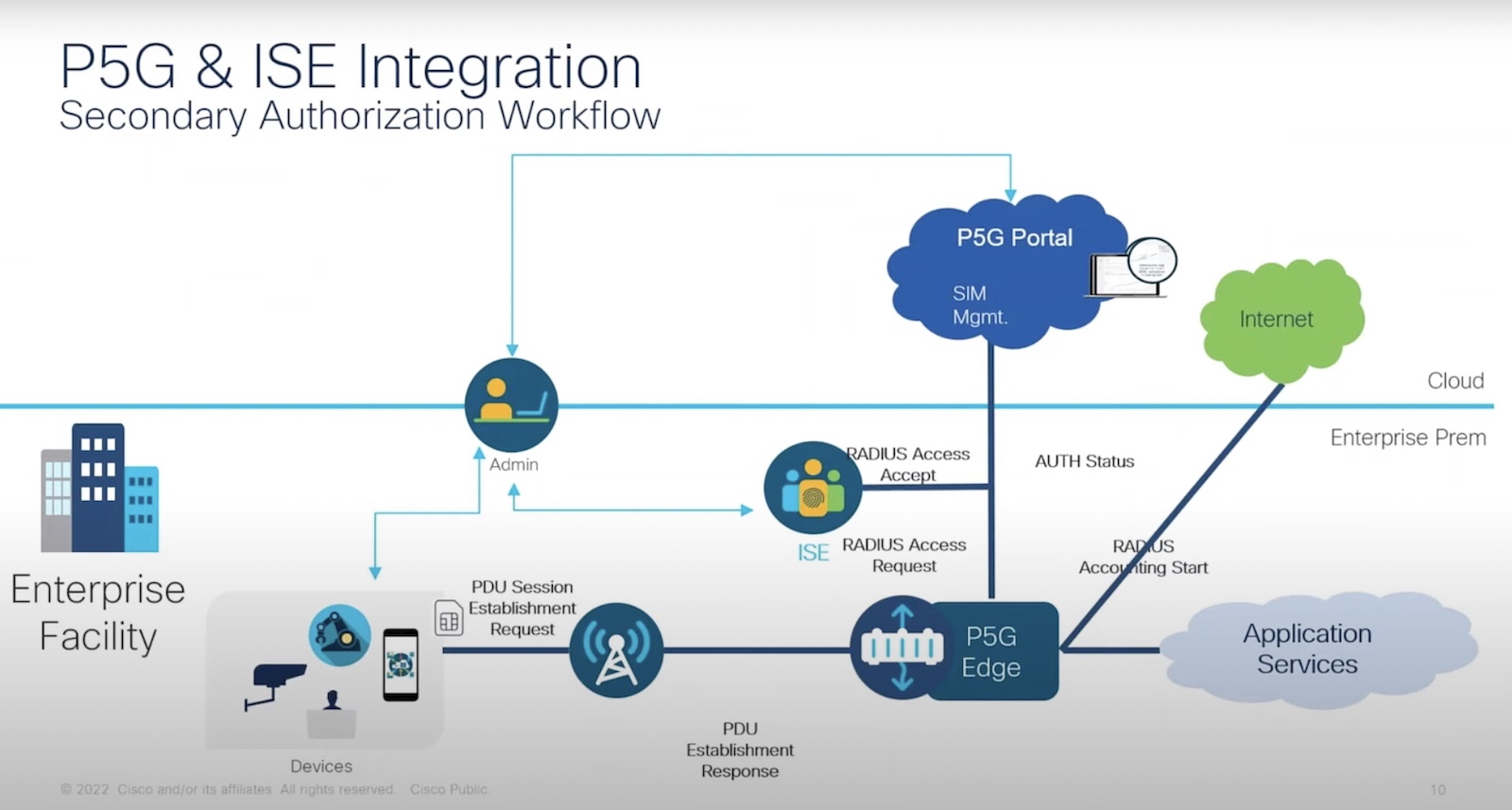The mobile service market is a subscriber-driven business. Service providers typically focus their deployments in high income and densely populated areas to justify billions of dollars spent in securing exclusive use spectrum.
Governments around the world are making shared-use spectrum available. The spectrum is shared between different organizations in a coordinated manner to avoid interference and enable coexistence.
This shared spectrum enables enterprises to deploy cellular-like networks to provide coverage and connectivity at a significantly lower price point. These networks are called Private Networks.

Intel recently presented two use cases on Private Networks. The first was a port facility that tracks and videos cargo movements, and the second was for a school district providing Internet connectivity to the homes of underserved students. Both deployments were outdoors, and both were in areas underserved by mobile service providers.
So why deploy a cellular network, like LTE or 5G in shared spectrum? Why not deploy a Wi-Fi network in the 5 or 6 GHz unlicensed bands? There are numerous examples of successful outdoor mesh Wi-Fi deployments.
In Intel’s presentation they discussed the coverage and capacity advantages of LTE. While capacity can still be debated, cellular networks have a distinct advantage over Wi-Fi when it comes to coverage. One cellular tower can provide the same coverage of tens, if not hundreds of Wi-Fi access points.
There are three main reasons why cellular networks have this huge coverage advantage over Wi-Fi networks.
Transmit Power
The first reason is that cellular base stations can transmit at significantly higher power levels in the Citizens Broadband Radio Service (CBRS) band, than the power levels permitted in the unlicensed band where Wi-Fi is deployed. Higher power levels mean that the client will be able to receive the signal further away from the base station.
The regulations in the CBRS band allow an Equivalent Isotropic Radiated Power (EIRP) of 47 dBm, where EIRP is the maximum power that can be radiated from the antenna. It is important to consider EIRP in cellular networks, because most cell sites use sector antennas. This brings us to the second advantage of cellular networks.
Sector Antennas
In outdoor Wi-Fi network deployment, it is fairly common to deploy Access Points with external antennas. In cellular networks a typical deployment consists of three (120o) or six (60o) sector antennas per base station. Each sector is essentially its own cell. The cellular standards define inter-sector handover in addition to the traditional inter-base station handover.
Sectored antennas are often viewed as improving capacity due to improved channel frequency reuse. However, use of these highly directional sector antennas also significantly improve the range of coverage.
Frequency Band
Radio waves attenuate more at higher frequencies than lower frequencies. This is apparent in Wi-Fi deployments, where it is essential to design the network such that 2.4 and 5 GHz signals have similar coverage. To achieve this, the access point’s transmit power in the 2.4 GHz band is reduced well below the regulated transmit power level.
Initial Private Networks in the US are being deployed in the 3.55-3.7 GHz band referred to as the CBRS band. This spectrum is significantly lower than the 5.2-5.8 GHz and 5.8-7.2 GHz bands where Wi-Fi networks are being deployed. Providing another reason for superior coverage for Private Networks over Wi-Fi networks.
Network coverage and capacity are interconnected. Designing for coverage typically results in lower spectral efficiency, which reduces capacity. For example, in Wi-Fi networks support for lower data rates is often turned off; this reduces cell coverage but improves capacity.
The two use cases presented by Intel have different coverage and capacity goals. Schools generally require a higher data rate, and would sacrifice coverage for improved capacity. The port facility is different. This use case has the potential to require connectivity for a large number of low data rate IoT sensors and tracking tags.
Recently the 3GPP expanded the LTE NB-IoT specifications to support operations in time division duplexing (TDD) mode, opening up the possibility that NB-IoT could be deployed in the CBRS band. Personally, I do not think it will be long before the CBRS Alliance certifies OnGo LTE NB-IoT products.
The availability of NB-IoT in the CBRS will enable the deployment of private networks with “extreme” network coverage. This will open up the possibility of even more new and exciting use cases.
In these use cases, large amounts of data needs to be analyzed and stored. In these scenarios the benefits of edge computing are most apparent – in particular lower latency and reduced backhaul costs. So I do not doubt that Intel will be highlighting these use cases in the very near future.
Watch the associated video showcase to learn more about Intel’s approach to private networks.




